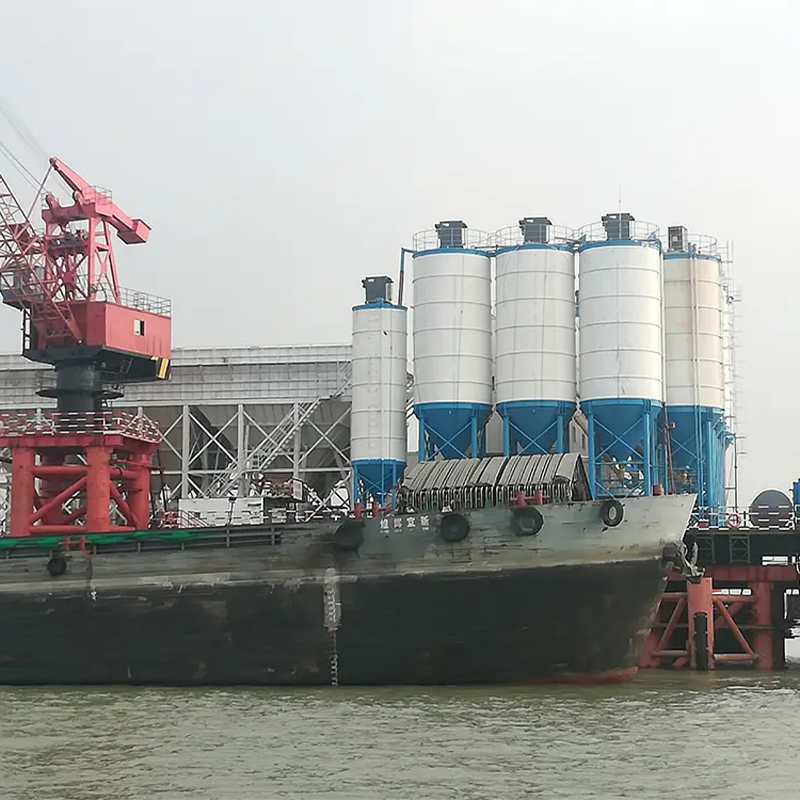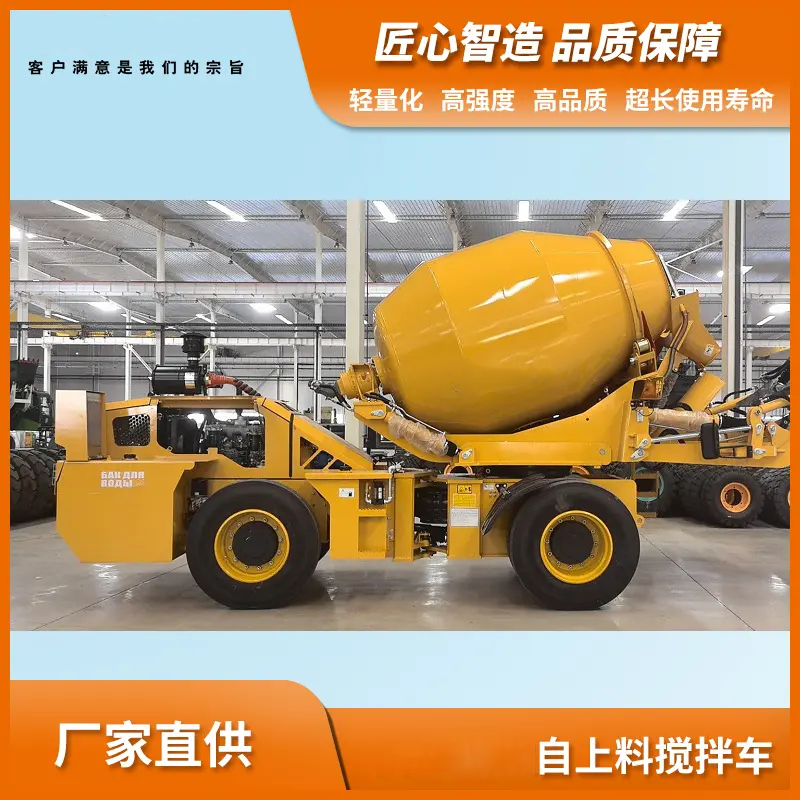Choosing the right easy installation stabilized soil mixing plant can significantly enhance your construction projects. This guide provides in-depth information to help you navigate the selection and implementation process. We’ll examine various factors, helping you make an informed decision for optimal efficiency and cost-effectiveness.

Understanding Stabilized Soil Mixing
What is Stabilized Soil Mixing?
Stabilized soil mixing is a ground improvement technique used to enhance the engineering properties of in-situ soil. This process involves mixing a soil stabilizer (like cement, lime, or fly ash) with the existing soil to improve its strength, durability, and bearing capacity. It’s commonly used in road construction, foundation support, and landfill projects. A well-designed easy installation stabilized soil mixing plant is crucial for achieving consistent and effective soil stabilization.
Benefits of Using a Stabilized Soil Mixing Plant
Employing a easy installation stabilized soil mixing plant offers several key advantages: increased efficiency, reduced labor costs, consistent mixing quality leading to better soil stabilization, and improved overall project outcomes. This is particularly beneficial for large-scale projects where manual mixing would be impractical and time-consuming. The precise control offered by these plants ensures uniformity in the treated soil. Choosing an easy-to-install system further minimizes downtime and project delays.
Choosing the Right Stabilized Soil Mixing Plant
Factors to Consider
Selecting the optimal easy installation stabilized soil mixing plant depends on several factors: project size, soil type, required stabilization level, budget constraints, and available space. Consider the plant’s capacity, mixing method (e.g., in-situ mixing, batch mixing), and ease of transportation and setup. The required level of automation should also be assessed to optimize efficiency and minimize manual intervention.
Types of Stabilized Soil Mixing Plants
Several types of plants exist, each with unique characteristics: mobile plants, stationary plants, and those incorporating specific mixing technologies. Mobile plants are generally preferred for their versatility and ease of transport to various project sites, making them ideal for diverse applications. Stationary plants, while less mobile, are often better suited for high-volume, long-term projects in a single location. Specific mixing technologies may offer advantages depending on the soil type and desired outcome. Researching each technology will help you make an informed choice.

Installation and Operation of an Easy Installation Plant
Installation Process
The installation process for an easy installation stabilized soil mixing plant is designed for simplicity and efficiency. This typically involves minimal site preparation, straightforward assembly, and quick commissioning, reducing overall installation time and project delays. Detailed instructions and supporting documentation are usually provided by the manufacturer. This ease of installation is a key benefit for contractors seeking to streamline their operations and reduce project timelines. Refer to the manufacturer’s guidelines for specific instructions relevant to your chosen model.
Maintenance and Troubleshooting
Regular maintenance is crucial for optimal performance and longevity of your easy installation stabilized soil mixing plant. This includes routine inspections, cleaning, lubrication, and timely replacement of worn parts. Understanding common troubleshooting issues and having access to technical support can help minimize downtime. Always consult the manufacturer’s manual for detailed maintenance schedules and procedures.
Case Studies and Examples
Several successful projects utilize easy installation stabilized soil mixing plants to improve soil conditions. These case studies highlight the effectiveness of this technology in diverse applications, showcasing improved project outcomes and cost savings. (Note: Specific case studies would be included here, referencing real-world projects and their positive results.)
Conclusion
Investing in a reliable and easy installation stabilized soil mixing plant is a strategic move for construction projects requiring soil stabilization. By carefully considering the factors discussed above and choosing a plant that aligns with your specific needs, you can enhance efficiency, reduce costs, and improve the overall quality of your projects. Remember to always consult with industry professionals for further guidance and to ensure adherence to safety regulations.
For more information on high-quality stabilized soil mixing plants, visit Zibo Jixiang Machinery Co.,Ltd.
table { width: 700px; margin: 20px auto; border-collapse: collapse;}th, td { border: 1px solid #ddd; padding: 8px; text-align: left;}th { background-color: #f2f2f2;}
Post time: 2025-09-22
